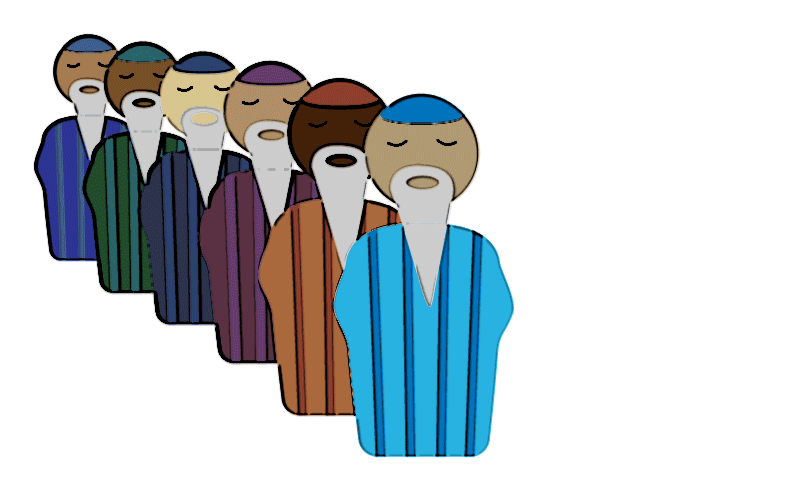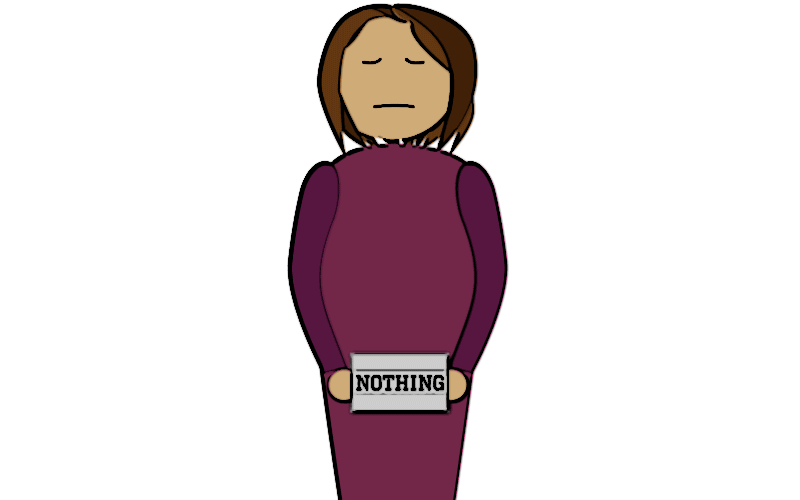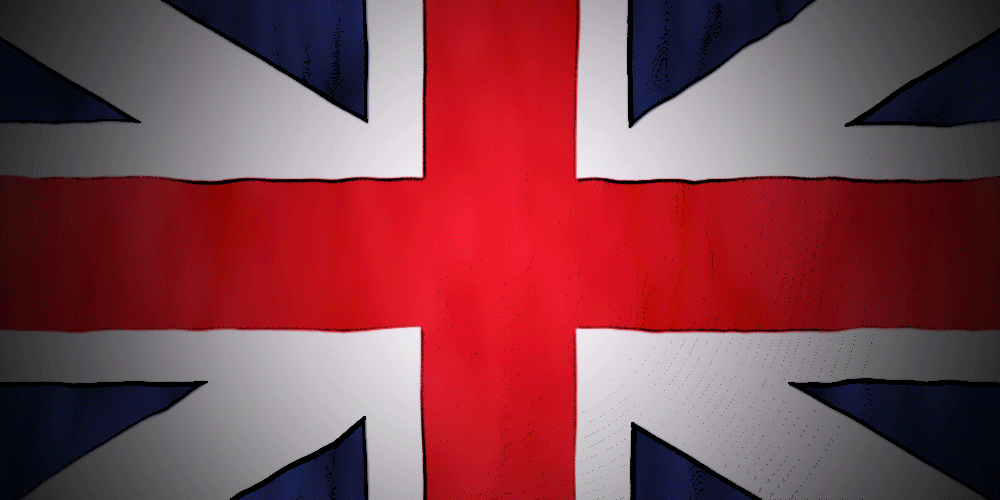“London lies today under the spell of a great terror.
(The London Star, September 8, 1888)
A nameless reprobate — half beast, half man — is at large.
The ghoul-like creature who stalks through the streets of London [ . . . ]
is simply drunk with blood, and he will have more.”
Some years ago, I’d wanted to scare myself, so one night I took an underground train from my temporary Kensington home into the East End of London where a Victorian maniac enacted his grisly nightmares. Carrying my London A-to-Zed on which I’d marked particular sites, I had walked barely a block from the station when a voice admonished me from the shadows, “I wouldn’t go in there.” I looked to my forward-right and saw a roundish man whose glasses and bald head reflected the diffuse light of a streetlamp. He was putting his briefcase into his car as he gestured toward the black heap of buildings of Whitechapel. “Naught but no good can come from an evening sojourn into that part of town,” he added, shaking his head pitifully as he got into the car.
The man spoke to me seriously but companionably, as though we knew each other and had already been in conversation before he’d cautioned me. Why should he warn me, a stranger, to avoid Whitechapel at night? Britain is this way. It is a land of characters and stories, the land with the deepest legends, and by far the most reported hauntings. When you travel there alone, things happen to you. You meet people who seem to be out of fiction, some of them likable and interesting eccentrics who stop you and say unexpected things, as though from a secretly-prepared script.
More spooked and enticed than discouraged by the warning, I continued toward the history-haunted streets of Whitechapel and neighboring Spitalfields.
In the Victorian period, this part of East London was known for its thriving outdoor markets, coaching inns, London particulars (dense, oppressing fogs), gaslit and unlit streets, and prostitutes. The area at that time was an even more tangled labyrinth than it is now. It was a maze of alleys and passageways, some no more than two ft. wide, and poverty and population were at their peaks. Whitechapel, with its large, immigrant citizenry (mostly Jewish — there are still several synagogues clustered in the area, some within a quarter-mile of one another) and proximity to the London Docks, was vital as a shipping port serving the Thames.
It was here in the autumn of 1888 that a depraved slasher, eventually known as Jack the Ripper, is believed to have murdered at least five women, some or perhaps all of them prostitutes.: Mary Ann Nichols, Annie Chapman, Elizabeth Stride, Catherine Eddowes, and Mary Jane Kelly. All of the women were jugulated, and all but Elizabeth Stride were mutilated in a frenzied blood-lust.
Modern Whitechapel is a mostly commercial district, but there are some leftover chunks of Victorian architecture: wrought-iron gates and fences, abandoned hulks of brick buildings, and numerous obscure alleyways lined with old battered doors. And, especially at night, there exists here an awe-inspiring presence of mystery. I’d decided to do my own nocturnal exploration of the scenes of the crimes, and with the kind man’s caution echoing in my mind, I stepped into the shadows of Whitechapel and Spitalfields.
There were few cars on the streets — mainly the occasional taxi — and the sidewalks were deserted. Old buildings were mixed with the new, and many areas were dilapidated. I passed alleys that must have existed in the Ripper’s time, which, despite the distance of years and their ostensible slumber, seemed on the verge of rumbling to life in the night with some horrific Victorian revelation.
I made my way to Mitre Square (in Aldgate, just outside Whitechapel), now in part a sharply-neat stone business park and gated schoolyard, where the petite Catherine Eddowes was slaughtered. Shortly after this killing, George Lusk, president of the Whitechapel Vigilance Committee, received in the mail a three-inch cardboard box containing a portion of, allegedly, the victim’s kidney. “[ . . . } tother piece I fried and ate it was very nise [ . . . ]” read the accompanying note, which was return-addressed, appropriately, “From hell.” The clean, modern brickwork and flagstones and the adjacent tidily-kept raised flowerbeds which gleamed dimly in the oblique light, made the place seem an improbable setting for such a debased act. However, the awareness of the crime and the locale’s desertion at that hour, as well as perhaps some cobblestones underfoot which might have formed part of the square in 1888, combined to create a chilling atmosphere.

I then strode down nearby Goulston Street where the killer left the bloody remains of Eddowes’ apron, and where an apocryphal message was found scrawled in chalk on a wall: “The Juwes are The men That Will not be Blamed for nothing.” I looked at a worn-out door in a bricked alley here which had “Jack — BAD” scratched across it.
I headed east, then turned south on Henriques (formerly Berner) Street. Here in Dutfield’s Yard, the body of Swedish-born Elizabeth Stride (also known as “Long Liz” and “Epileptic Annie”) was found, blood still seeping from her severed throat, and a bag of cachous clutched in her left hand. As her body had no other wounds, some suspected the killer had been interrupted before he could carry out his evisceration. Along here I saw a door-sized wrought-iron gate with the monogram “SB” fashioned into the middle of it. In the stone above it, “BOYS” was carved, and the whole affair looked so positively Victorian that I pictured Jack rushing past it clutching his bloodied blade.
Moving northeast I came into a more desolate area, unlit, with broken old buildings lurking as black hulks against the stars. An aged brick wall with shards of glass protruding from the top ran parallel to the sidewalk, beyond which stretched the Jewish burial grounds. Here, on Durward Street (known as Buck’s Row in 1888), the butchered body of Mary Ann Nichols (also called “Polly”) was discovered by a cart driver, lying at the entrance to Brown’s stable yard. Pausing here in the quietude, surrounded by remnants of derelict structures of the nineteenth century, I felt electrifyingly close to the world of Jack the Ripper.
Back to the west, I walked north up Brick Lane, when one of the dank alleys suddenly filled with activity: A procession of solemn men appeared, shuffling single-file. Their heads were bowed, they had long beards, wore skullcaps, and had light-colored striped gowns on. They continued in silence down the alley and disappeared through one of the forlorn doorways over which a single, bare bulb glowed weakly in the haze.

Later, I realized the men must have been worshippers at the Jamme Masjid Mosque. But at the time, in the darkness and desertion, the exotically dressed, silent column filing down that secluded back-way seemed a ghost train.
I went on to Hanbury Street where, in the backyard of No. 29, Annie Chapman’s punctured, disemboweled, nearly decapitated body was discovered by a neighbor. Mysterious doorways, broken windows and time-blasted walls wept everywhere. An anticipatory feeling of encountering someone or something in a vacant corner or scrapped byway crouched over me like a London particular.
I then turned south down Commercial Street. It was just off here, at No. 13 Miller’s Court on what was formerly the notorious Dorset Street, where Mary Jane Kelly (also known as “Marie Jeanette” and by other names) lived and where her body was found massacred and disfigured beyond exaggeration. This murder and mutilation took place in the single twelve-foot-square furnished room which Kelly leased. The killer removed much of the girl’s face, other body parts, and cut to the bone to strip away large slabs of flesh which left sections of skeleton exposed. He arranged the organs and body pieces on the bed and adjacent table in a depraved form of unimaginably ghoulish decoration which created a setting of an abattoir in Hell.
•
On the surface, while viewed through the romantic patinated lens of passing years, this string of Victorian-era crimes holds a fascination due to its mysteries; the crossword which still can’t be entirely filled in is tantalizing. But the deeper you go into some aspects of the puzzle, such as the fate of Mary Jane Kelly, the more depressing the whole affair becomes: Contemplating the demonic insanity which a human being possessed, was driven by, and acted upon, as shown by the state of Kelly’s remains, leaves one sliding into despair.
The prostitutes were known as “unfortunates.” Considering their destitution, alcoholism, certainty of being beaten and robbed, the diseases and other deprivations to their health, and their risk of being murdered, the moniker is either an understatement, or true in a deep sense.
The poverty of some unfortunates was literally hand-to-mouth: If one of the women was lucky enough to eat a breakfast, the immediate challenge was then how to find the money for another meal that day, and for a room that night. If there were no odd jobs to be had, pawning belongings they carried, begging, stealing and prostitution were the only means to these ends. A night spent on the streets meant running the hazard of being killed, and in winter, freezing to death.
Some of the victims had turned to alcoholism when they were widowed or their marriages otherwise broke up due to rifts of unknown origin. Some tried to support themselves, holding jobs in service, crocheting, selling flowers, or in small-time manufacturing. But due to temperament, circumstances, alcoholism, or combinations of things, many slipped further and further down, gravitating toward impoverishment in the East End, where the rents were lowest and crime rates the highest. Prostitution was the last port of call on this voyage approaching the final blank destination, where oblivion and death awaited.
Several of the victims were well-educated, and/or came from middle-class backgrounds. Some were considered bright and scholarly. Elizabeth Stride was multilingual, speaking English and Yiddish as well as her native Swedish, while Mary Jane Kelly was fluent in Welsh. Others had entered workhouses as children after one or both parents died. Most of them had children.
Annie Chapman’s swirling descent began after her 12-year-old daughter died of meningitis. Both she and her husband turned to drink, and they separated. It’s difficult to accept how unfathomable grief was possibly an entrée to a downhill avenue of cumulative misfortune whose terminus was murder and mutilation.
At least when “in liquor,” several of the victims were reportedly known for fiery tempers and aggressive behavior, traits which in some cases may have contributed to them being severed from their families. Some apparently sponged off of their relatives. Catherine Eddowes allegedly hawked gallows ballads, produced by her common-law husband Thomas Conway, to crowds gathered to witness hangings. Eddowes might have sold such a penny ballad at the 1866 execution of her own 18-year-old cousin, Christopher Charles Robinson, who’d been tried and condemned for slitting his fiancé’s throat. However, Eddowes’s supposed connection to gallows literature comes from an article with no byline and no sources referenced, in the January 1995 edition of Black Country Bugle.
When Catherine Eddowes was detained at the Bishopsgate Police Station for public drunkenness and officers asked her her name, she answered, “Nothing.” Though she purportedly was not yet sober when she replied in this manner, and she apparently wanted to conceal her name from the police (later giving a false one), the rejoinder is possibly an expression of a life bottomed out, of the disintegration of self, of feeling oneself be a nonentity. You can imagine the shrug of pointlessness and hopelessness which could have accompanied the utterance. “Nobody” perhaps would at least have acknowledged personhood. Could there be a lower level of self-appraisal?
Within five hours of this exchange, and less than 45 minutes after leaving the police station, Eddowes was murdered.

•
Moving on from the last of these murder locations, I walked further south along Commercial Street when I noticed the silhouette of a man in the gloom ahead bending over something in the road. Staining my eyes in the murky light I saw that something was another man, lying in the street. The standing man was pulling up the lying man alternately by the lapels and arms, but the second man kept flopping back to the ground.
“You’ll die in the bloody street!” the standing man bellowed in a Welsh accent. He didn’t hear me approach, and when I asked, “Is he all right?” the Welshman looked up sharply and said, “I don’t like to leave a man lyin’ in the street!”
The Welshman was about 50, six ft. tall and sturdy. When he turned his face into the glow from an adjacent pub I could see a bit of cropped reddish hair peeping from under an English driving cap, and confident, playful bluish eyes.
We hauled the drunken man to his feet, only to have him slump earthwards again. Clutching the Welshman’s hand, he kissed the back of it and said something in a mumbling groan. The Welshman let out a breath that frosted in the crisp air. “Hell, I’m from the coontry and I can’t even understand ’im!”
We pulled him up again, and this time the Welshman grabbed the man’s shoulders, spun him around, and marched him into the pub. He sat him down with a group of jovial drinking men who all seemed to know the Welshman. They called him back as we went outside, but he waved them off.
“Where are ye froom?” he asked as we stood on the sidewalk.
I said The States.
“I know that! What part?”
“The West Coast . . . California.”
“I’ve had some good times in California,” he said, looking at the stars. He glanced back at the pub then turned to me and shook his head. “I don’t like to leave a man lyin’ in the street.” We moved into the road.
“That’s what I like about you Yanks,” he went on, “you’re open-hearted,” apparently referring to me having stopped to help.
I told him he was the first Welshman I’d met.
He held out his hand. “A pleasure to meet ya.” His grip was dry and strong. He looked at me and said, “If we ever meet again we’ll have a right good piss-up!” He slapped me on the back hard enough to almost double me over.
I laughed and watched him stride across the road. “You’re a right good Yank!” he called over his shoulder as he moved away. Without turning around, he waved one arm overhead and cried again, now into the sky, “A right good Yank!”
The friendly vitality of the Welshman had partially dispelled the pall which the blown-out back-alley sites of the Victorian butcheries had cast over me. But thoughts of the towering sorrows of the lives of the victims, of the hellish debauchery of the mysterious destroyer, and memories of scenes from this dark, solitary East End walk, would return to haunt me again and again through the years. I could never forget such a one who called herself “Nothing.”
I had to get back to the station before the trains stopped running for the night, so I hurried on my way. •




